As the success of The Traitors Uncloaked has shown, the appetite for visualised podcasts is growing – and broadcasters are looking at ways to get in on the action
Not so long ago, podcasts were considered an audio-only medium – radio’s more chaotic on-demand cousin. But in recent years, something has started to shift.
Increasingly, alongside their release on the usual audio platforms, creators are dropping videos of the entire recording to YouTube, often complete with cosy, sofa-stuffed studios. Welcome to the age of the visualised podcast – or vodcast.
As Channel 4 chief executive Alex Mahon pointed out at the unveiling of the broadcaster’s annual report in May, this new medium is particularly popular with the all-important youth demographic.
“If you’re over 25, you listen to a podcast – but if you’re under 25, you watch the video, even if it’s not especially good quality,” she observed. “There’s a demographic shift where people just want to watch video, even if it’s something designed for audio.”
In response, C4 has struck a deal to make vodcast content commissioned by the broadcaster available on the nascent Spotify Video platform. The C4 leadership team are circumspect about how much revenue they expect the new venture to bring in, pointing out that the offering is new to both C4 and Spotify.
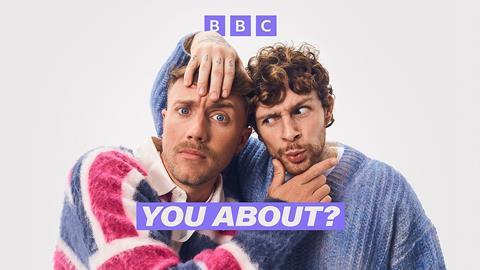
But C4 isn’t alone in spotting the trend. The BBC recently commissioned a string of high-profile podcasts including You About? (Insanity Studios) with Roman Kemp and Tom Grennan, and Rylan: How To Be In Love (Mindhouse) with Rylan Clark. These followed the success of Miquita Oliver and Lily Allen’s Miss Me? (Persephonica) and The Traitors’ companion podcast The Traitors Uncloaked (Listen). All of these are or will be available as videos on iPlayer or YouTube.
And visualised podcasts aren’t just staying on digital platforms – some of them are migrating onto mainstream, linear telly. As an audio offering, The Traitors Uncloaked already had a dedicated following (it was the most listened-to BBC Sounds podcast by under 35s in the first quarter of 2025). But from last year, the visualised version was broadcast on BBC2 in a 10pm slot, offering commentary, reaction and insider gossip about The Traitors episode that had just aired.
This year, the final episode of the companion show went out on BBC1 straight after the finale of The Traitors in January and achieved a record 5.9 million consolidated viewers.
Emerging genre
“It feels like a coming of age,” BBC Sounds head of content Jonny Kanagasooriam tells Broadcast. “The BBC has had cameras in audio studios for a long time and has used that content in a range of areas, but now it is emerging as a medium in its own right.”
Previously, such footage might have been primarily a promotional tool but things have changed, he says: “Thanks to a critical mass of audience behaviour and expectations… creators increasingly want to think about podcasts as 360 propositions with a well-realised visual world that complements audio.”
“Telly and audio are working together in a more advanced way at the BBC than people realise”
Jonny Kanagasooriam, BBC Sounds
Kanagasooriam sees Uncloaked as an example of an exciting emerging genre that brings together BBC Sounds, iPlayer and TV. “It’s a new space where we can have distinct and unique consumption for each platform but they are all interrelated editorially and hang together as an offer,” he says. “Telly and audio are working together in a more advanced way at the BBC than people realise.”
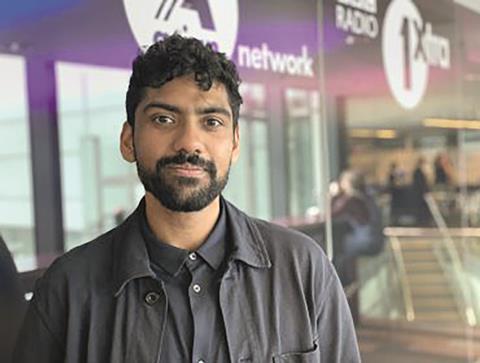
He points to the other BBC podcast that has made an appearance on linear – Uncanny spin-off Uncanny: Post Mortem from Bafflegab Productions and Uncanny Media. The real-life ghost story podcast had the opposite journey to Uncloaked. While Uncloaked was born out of a TV show, Uncanny began life as a podcast and was adapted as a traditional TV show, which then spawned the Post Mortem companion podcast. This, in turn, became a visualised podcast playing on linear TV.
Both examples offer the tantalising possibility of expansion – and Kanagasooriam says the BBC is well positioned to thrive in this space, given its expertise across TV and audio, and its potential to leverage much-loved brands, IP and presenters.
Since 2023, the BBC has steadily increased the number of vodcasts on its slate across TV, iPlayer and BBC Sounds’ YouTube channel. Excluding the numerous visualised radio offerings it produces, the corporation had just five vodcasts in 2023 – in-house productions Reliable Sauce and Swipe Your Sign among them. The number grew to 10 in 2024, including new in-house additions The Tooney & Russo Show and Political Thinking, as well as Listen’s The Traitors Uncloaked.
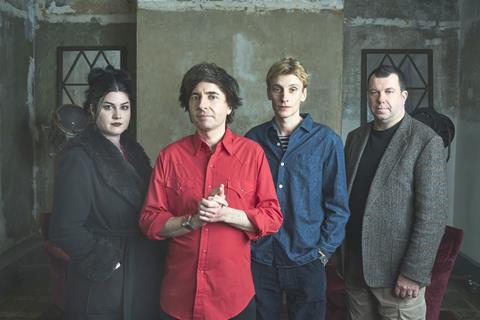
So far this year, the BBC has 15 vodcasts on its slate, including Miss Me?, Rylan: How To Be In Love and Goalhanger’s Match Of The Day Top 10. The growth picture is clear – even if nine of the titles from 2023 and 2024 have been discontinued.
Vodcasts are already offering a major paradigm shift in the podcasting space. Spotify has pushed to integrate and promote the medium – alongside Spotify Video, it has introduced the Spotify Partner Programme, a new monetisation system for creators to earn payouts from the platform based on video engagement as well as ad revenue. Previously, podcast producers primarily relied on getting paid directly by advertisers.
“A lot of podcasts that were audio-only and switched to video have accelerated their growth as a result”
Saruul Krause-Jentsch, Spotify
Spotify head of podcasts for Europe and Benelux Saruul Krause-Jentsch reveals that the number of people in the UK watching Spotify vodcasts is up almost two-thirds (62%) year on year. This is likely partly because they’re growing in popularity, and partly because there are more available – around 5% (380,000) of the 7 million podcasts on the platform now have video. The Gen Z audience are spending 81% more time watching video on the platform than this time last year, making them “the most engaged” group internationally, she says.
“In our charts, the biggest podcasts in the world are vodcasts, and a lot of podcasts that were audio-only and switched to video have accelerated their growth as a result,” says Krause-Jentsch. “Now, most creators are thinking of podcasts as vodcasts from the get-go, with the number of them actively publishing videos each month growing more than 50% year on year.”
Social-first opportunity
Interestingly, the video format seems to allow for greater flexibility around the length of content – while the biggest Spotify podcasts in the world are at least an hour long and offer video to deepen the connection, according to Krause-Jentsch, vodcasts conversely also allow for greater brevity.
Josh Adley, co-chief executive of Platform Media – the new parent company of The Traitors: Uncloaked production company Listen – says: “For years, people have thought about podcasts as long-form audio on Apple or Spotify, but the definition is changing,” he says.
“Now they are as much about watching clips on TikTok or YouTube as they are watching or listening in full. People who never watch or listen to a full episode enjoy our shows just by watching three or four clips per week.”
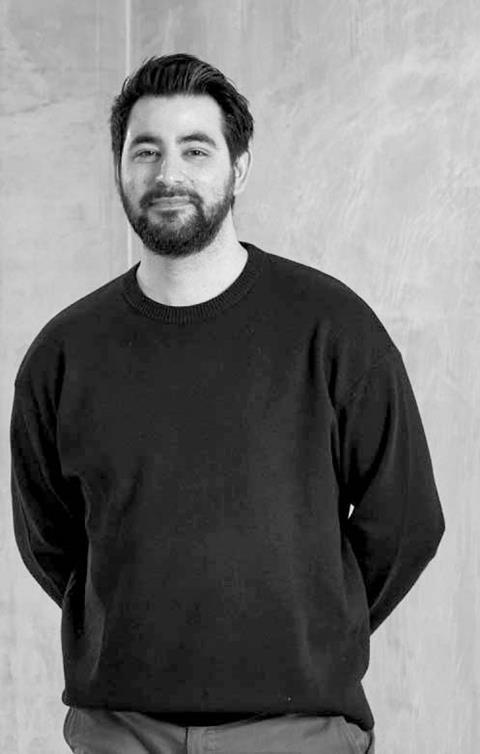
As a result, Adley says, the company is “thinking social-first” – building content around moments people will want to share on different platforms, rather than looking for highlights post-recording.
The social media-friendly nature of self-contained vodcast snippets also creates more income streams for producers through ad revenue and brand partnerships.
“We sell much more like a social publisher than an audio company,” adds Adley. Aside from its Traitors spin-off, the business largely produces integrated brand partnerships across social media, and around 80% of its revenue sits in video content compared with around 20% in audio.
As the previously audio-based podcasting industry and the increasingly digitally focused television world move closer towards each other, many in TV production are eyeing up vodcasting’s potential for monetisation and even bypassing traditional commissioners to offer content direct to consumers.
Low-cost option
For Jamie Laing, founder of podcast indie Jampot and host of two of its seven titles, there are definitely opportunities for TV to diversify into the vodcast space – and at a comparatively low cost.
“The prospect of making a show without a huge studio space and 30 camera operators, and without having to go thorough months of edits, is an attractive opportunity for many people,” he says. “The question of how much it costs to make a podcast is like asking, ‘How long is a piece of string?’ It totally depends how cheaply or expensively you want to do it.”

Spotify’s Krause-Jentsch agrees that vodcast production set-ups don’t need to be flashy. “A lot of our numbers show a glitzy studio setting doesn’t always perform better than just simple Zoom or screen recording,” she says, citing Alpha Females – in which two cameras film two women chatting on a sofa – one of Germany’s biggest vodcasts of the past year.
“People are looking for an authentic feeling of being a fly on the wall in an intimate conversation, or even like they’re part of a Zoom call. So for producers and creators, it doesn’t have to be a flashy, expensive or elaborate production to be successful. Vodcasts have their own rules, and sometimes a very easy, low-level set-up can work even better.”
“People in TV need to be more proactive and front foot about vodcasts, seeing it as a new form of content”
Josh Adley, Platform Media
But Adley warns against viewing vodcasts as simply TV on a shoestring. “If you’re producing a show just because it’s a cheaper way to make TV, you’re not going to make a good show – and some vodcasts aren’t as cheap to make as you might think. There is a bit of mystery around budgets,” he reveals.
That said, he acknowledges the opportunity is there. “People in TV need to be more proactive and positive and front foot about vodcasts, seeing it as a new form of content that people absolutely want to consume.”
Laing, too, wants broadcasters to be prepared to take risks in the podcast space – and, he says, there’s an appetite among talent to work with the major broadcasters. “There is a reason why people still go and get married in a church, whether they believe in God or not: because it’s traditional and it feels like the right thing to do,” he says.
“Similarly, many of us think that TV is still the ‘right’ place to go – because it’s truthful, it has guidelines and safety nets in place and it still feels highbrow. If you do a YouTube show, it doesn’t feel as big as doing a show on Disney, or ITV or the BBC. That hasn’t shifted over yet.”
Despite his confidence that the BBC can thrive in the vodcast space, Kanagasooriam is keenly aware that it isn’t a quick fi x for TV’s woes, saying the infrastructure costs to do vodcasts well “should not be taken lightly”.
“It is not guaranteed that if you invest heavily, you will see the return,” he says. “We are already in a saturated market and, if people are going on about how there are too many podcasts, it would track that maybe there are too many vodcasts.”
Quality over quantity
This tallies with Adley’s view of the market. Following a Covid boom when celebrities rushed to podcasting, he says, many now feel there’s a ceiling on podcasts, particularly audio-only. But, he adds, when it comes to getting talent in front of a mic and camera, it might be a case of quality over quantity.
“While the appetite isn’t quite as extensive, we are now seeing much larger talent want to do vodcasts in a way they didn’t three or four years ago. They are excited by the idea of doing a massive video show with a great-looking set, and bespoke channels across all socials.”
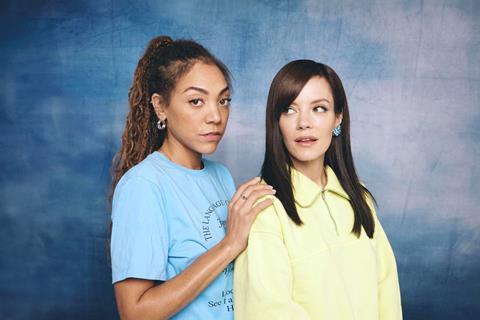
Adley says he firmly believes the industry is on the cusp of seeing more podcasts making the jump to TV – particularly in the companion show space.
For now, the BBC’s approach is to add to the slate “tactically” and “over time” – a toe, or maybe even both feet in the water, not a full plunge into the deep end – and it currently has no plans to move any more onto linear.
“We want to think about it as a sustainable evolution of current models, not a wholesale change,” says Kanagasooriam. “The market has taken a step up, but for our strategy, podcast visualisation is an evolving medium so we’re experimenting with format, type, tone, talent and release to see what works for our audiences.
“In some cases, things need to be a bit more considered but, in others, it makes a huge amount of sense and there is a clear onwards journey.”




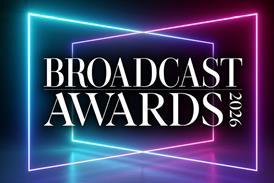

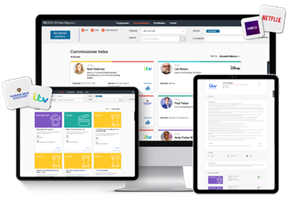

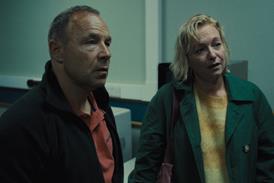
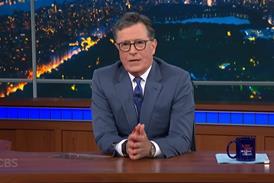
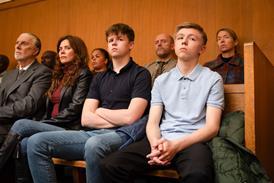
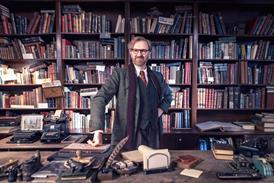
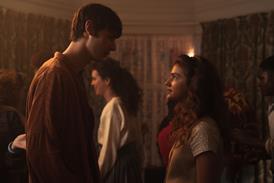



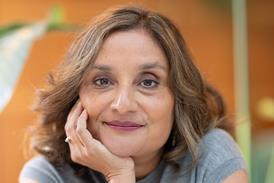
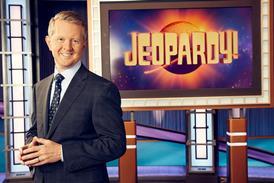
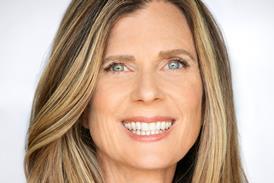
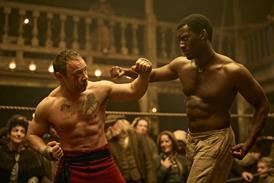
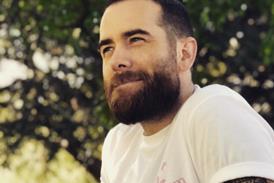

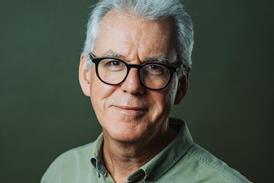
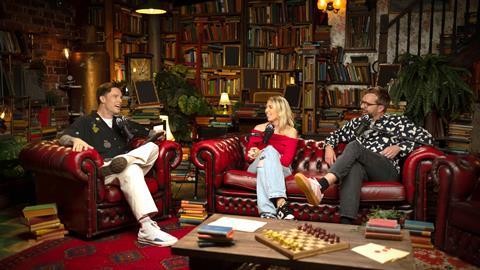






No comments yet